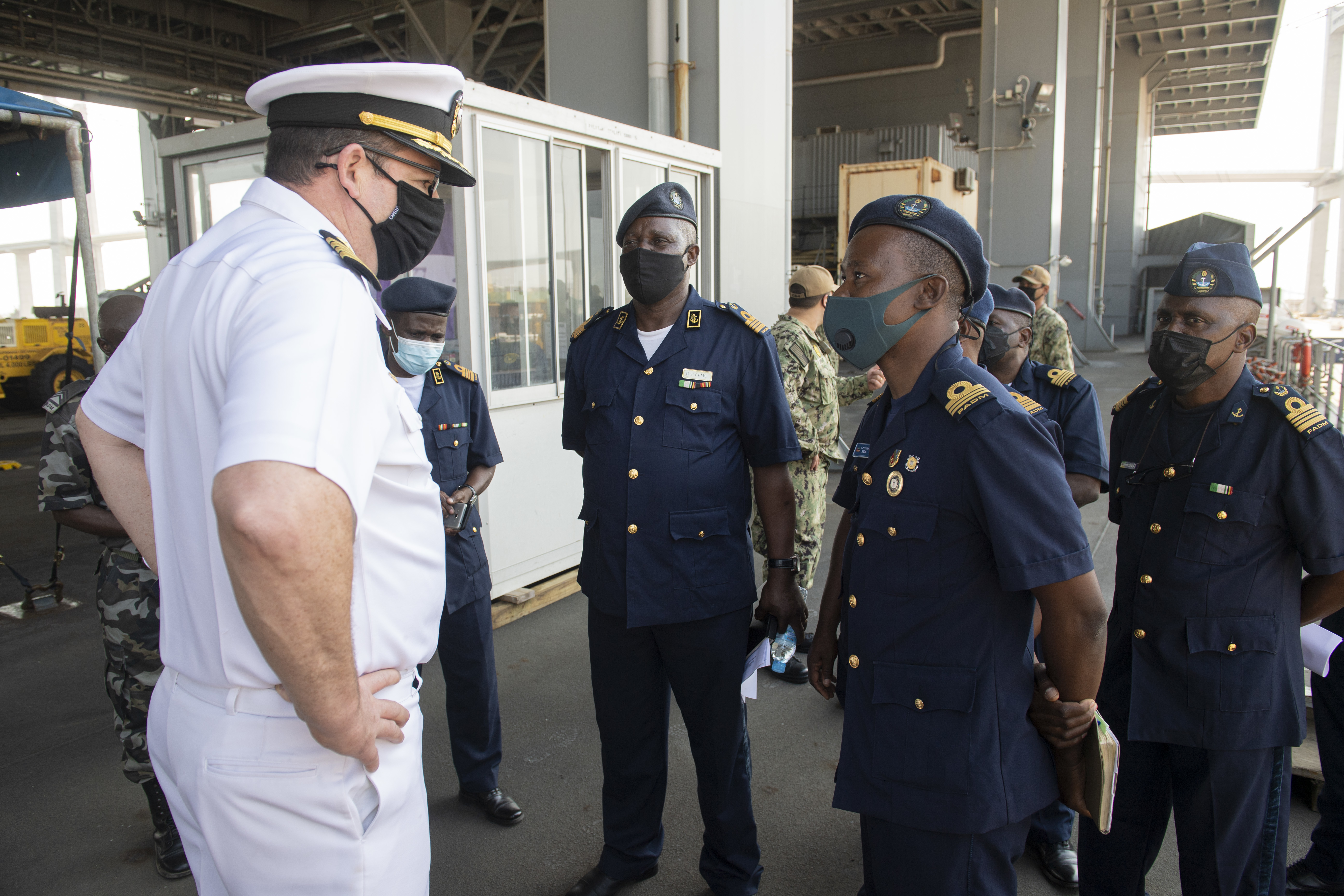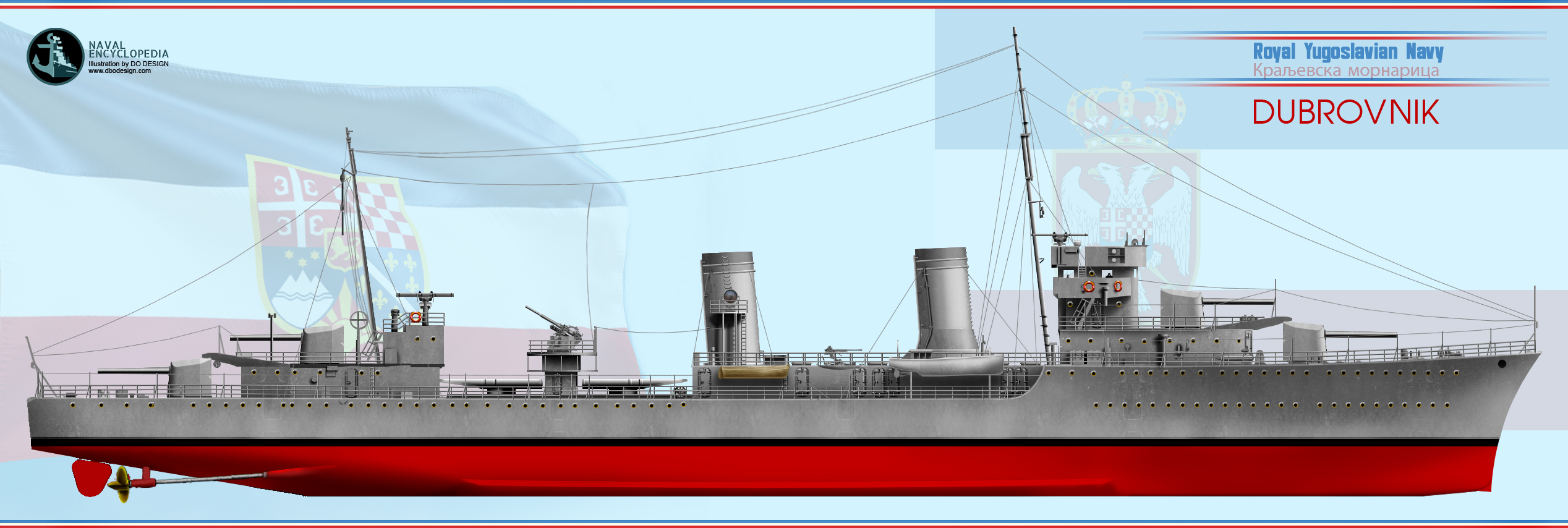Lp-1 Naval Station Norfolk - The message I'd been waiting for finally arrived, so I headed to the Naval Station Norfolk Tour and Information Center on the public side of Gate 5 ( map ). I met up with the rest of the people invited for this trip and we boarded a 15 passenger van. The guard waved us off and we moved onto the base and onto Chambers Field, where we boarded the aircraft carrier CVN-74 USS John C. Let's catch a flight to Stennis.
We did not go to the airport terminal where most of the military planes depart. Instead, we went to a small building designated for distinguished visitors ( map ). With leather couches, coffee tables, televisions and such touches, the waiting area looks like a living room in a nice home.
Lp-1 Naval Station Norfolk
I know the rest of the group. Some people design jets for carriers for defense contractors. Two others are from the Young Entrepreneurs Leadership Program. Others were friends of a different carrier captain. There were a dozen of us in all. Everyone seemed to be doing very well.
Navy Board Set To Improve Fire Safety After Report Finds Sailors 'unprepared To Fight Blazes In Port
An unofficial military motto is "hurry up and wait." We experienced some of that when we ran to the DV terminal and then sat down. I even had enough time to fire up my phone for one last hit of internet – to research Chambers Field’s name – we wouldn’t have access to the ocean. It honors Captain Washington Irving Chambers, who in 1910 pioneered the use of ships for airplane takeoffs and landings. I didn't realize that this was the last little moment of our passivity, and maybe I should have appreciated it more. Every move is planned and choreographed on board and we are very busy.
We go carrier on COD, which is an acronym for Carrier Onboard Delivery, specifically the C-2 Greyhound. Loaded through the rear door which was conveniently opened when I took this photo. The aircraft can carry passengers or cargo as needed, with seats that can be inserted or pulled out as needed. The Greyhound serves a very useful function designed solely to shuttle aircraft carriers back and forth.
The arresting gear keeps us from sliding off the deck when we land, and the catapult propels us forward with enough force that we can soon be off. I will admit that I want to experience both. The Navy plans to replace the Greyhounds with V-22 Ospreys, tilt-rotor aircraft that can take off and land like helicopters. It doesn't sound nearly as exciting.
A Greyhound flight lacks many of the amenities of a commercial flight. It is completely spartan, fit for a single purpose and nothing else.
Ncis Rules Naval Station Norfolk Sailor's Death Was Suicide
Passengers sit in tight seats, sweating as the air conditioning struggles to keep up. Two small porthole windows allowed only an outward view from the cargo bay. I accidentally sat by one, though I could see nothing but the Atlantic below. We all wear headphones to protect our hearing and receive body commands.
A flotation device called a "horse collar" hangs around our neck and across our chest. Items that do not fit in our bags should be stored separately so that they become projectiles during take-off or landing. We stayed like this in a dark, old tube, strapped into a four-point harness for about an hour.
The patch worn by the crew in the above photo is attached to the "Ravids" Fleet Logistics Support Squadron 40 (VRC-40) based at Naval Station Norfolk.

Finally COD started to decrease and faster than commercial aircraft. I caught a fleeting glimpse of Stennis through a small porthole, and then our plane banked hard to the left and went down. It really felt more like a roller coaster ride than when we were constantly hitting the deck. The crew waved to let us know we were about to disembark and we crossed our arms over our chests as instructed. The gear arrest stopped us so quickly that I didn't have time to mentally process it. We moved for a second, felt a quick jolt, and then stopped completely.
How Norfolk, Virginia Is Using Tax Breaks To Demolish Black Neighborhoods
Taxiing away from the runway, the Greyhound made several rapid turns to squeeze into a safe area and the pilots cut the engine. Down the back door and we could see nothing but the open sea before us. We are on deck.
The next activity is momentum. We were told in advance not to stop for pictures but to move with purpose. Opportunities abound after that. We must get off the deck immediately. From the moment I took off my saddle, climbed back in, and followed everyone down the steep stairs and claustrophobic corridors, everything seemed to go away.
Cell phone didn't work there even though GPS did, I successfully captured our coordinates: 35.013341, -73.794198. It is about 100 miles (160 km) southeast of Cape Hatteras, North Carolina. I can now reveal the location as the ship returned to port before I posted this. No secrets will be revealed.
Then we entered a completely unexpected world, a place of surprising luxury. A captain or admiral on an aircraft carrier must have a place to entertain officers, and our handlers took us. After being transferred from an open flight deck to a narrow metal tunnel, it felt strange to be transferred to a fine salon that looked like it had been transported straight from a luxury hotel lobby.
P548 Navy Ils Handbook
Here we receive a welcome briefing. The public relations staff — yes, an aircraft carrier is big and special, with people who focus solely on public relations and social media — serves snacks and water. A lot of water. They warned us that dehydration could be a problem with the many stairs, hallways and decks we entered along the way, and that most ships don't have air conditioning. We've seen the only luxury space on the ship and now it's time to see how things really work. This article requires additional citations for verification. Please help improve this article by adding citations to reliable sources. Unsourced material may be challenged and removed. Find the source: "Naval Station Norfolk Chambers Field" – News · Newspaper · Book · Scholar · JSTOR (March 2017 ) (Learn how and how to remove this template message)
36°56′14.8″N 76°17′18.6″W / 36.937444°N 76.288500°W / 36.937444; -76.288500 Latitudes: 36°56′14.8″N 76°17′18.6″W / 36.937444°N 76.288500°W / 36.937444; -76.288500
Naval Station Norfolk is located at Chambers Field (IATA: NGU, ICAO: KNGU, FAA LID: NGU), or LP-1/Chambers Field, commonly known as Chambers Field and named for Captain Washington Irving Chambers. It is a military airport in Norfolk, Virginia that is part of Naval Station Norfolk. It supports the United States Fleet Forces Command's naval air force operating in the Atlantic Ocean, Mediterranean Sea, and Indian Ocean. It is important to note that "Chambers Field" refers only to the geographical area of the airport's runway, taxiways, two heliports and six helipads.

NAS (Naval Air Station) Norfolk began its operations and training aviators on May 19, 1917 at the Naval Air Detachment, Curtis Field, Newport News. Less than five months later, with a crew of five officers, three aviators, T enlisted. Sailors and sev aircraft, the detachment was rammed at the Naval Air Detachment, Naval Operations Base, Hampton Roads. The planes, all seaplanes, were flown across the James River and staked in the water until canvas hangars were erected. The new location provided sheltered water in an ice-free harbor, ideal for seaplane landings, good anchorage in front of the beach, access to supplies from Naval Station Norfolk, and room for expansion. Its mission was to conduct anti-submarine patrols, train aviators and mechanics, and operate experimental facilities.
Book Renaissance Portsmouth Norfolk Waterfront Hotel In Portsmouth
When the United States became involved in World War I, the size of the Navy's air component expanded rapidly. During the 19 months of US participation, 6,716 officers and 30,693 enlisted men served in naval aviation. Training of mechanics to support the aircraft began in January 1918 at the Norfolk Detachment and five months later the first patrol was carried out.
By then, the Air Detachment was recognized as one of the most important sources of trained naval aviators. Recognizing its importance, on August 27, 1918, the detachment became NAS Hampton Roads, with its own commander, Lt. Cmdr Patrick N. L. Bellinger.
With the end of World War I, the former NAS Hampton Roads experienced unprecedented growth, growing to approximately 167 officers, 1,227 enlisted m and 65 aircraft. However, demobilization threatens the future of naval aviation. Within seven months of the war, the Navy's manpower was less than half of its wartime high.
The Republican Party came to power in 1920, promising economic austerity. Congress cut the Navy budget by 20% and reduced Navy personnel. Carriers authorized by Congress are impossible for humans. After the stock market crash of 1929 and the onset of the Great Depression, President Herbert Hoover favored limiting the fleet through international convention, but air operations at Norfolk continued.
Norfolk Establishes Strategy For Coastal Resilience
On July 12, 1921, the name was again changed in the order
Naval station norfolk map, naval station norfolk housing office, naval station norfolk chapel, naval station norfolk tours, naval station norfolk address, norfolk naval station housing, norfolk naval station, apartments near naval station norfolk, naval station norfolk directory, norfolk naval station hotels, naval station norfolk dental, naval station norfolk va
0 Comments